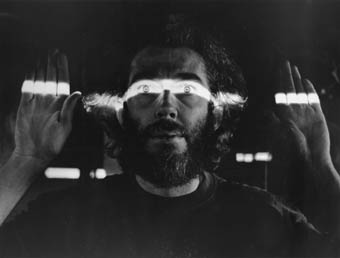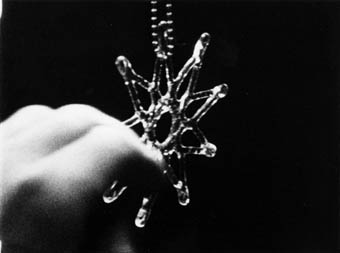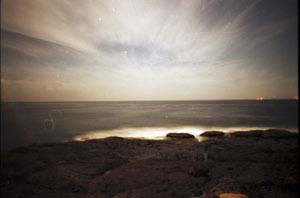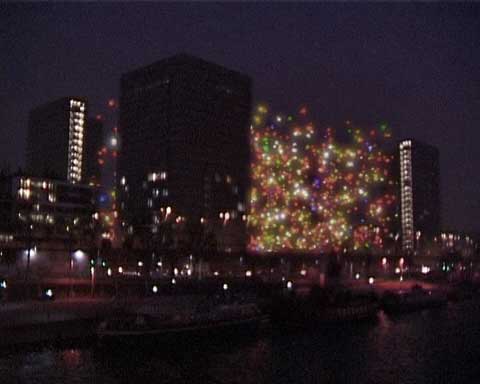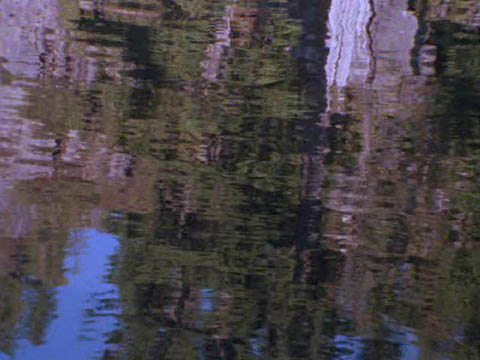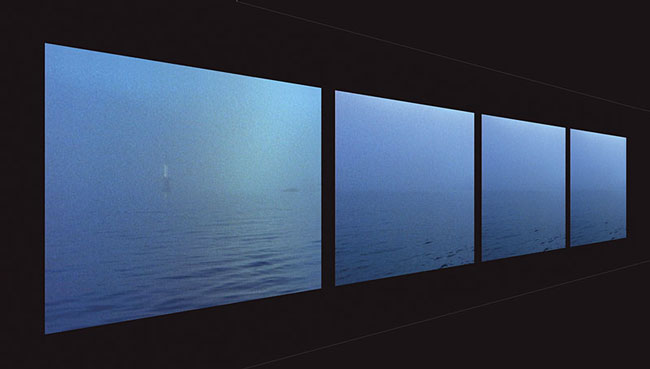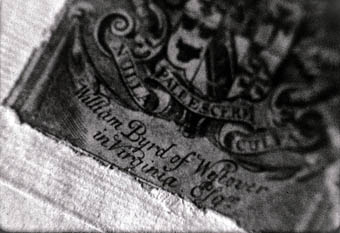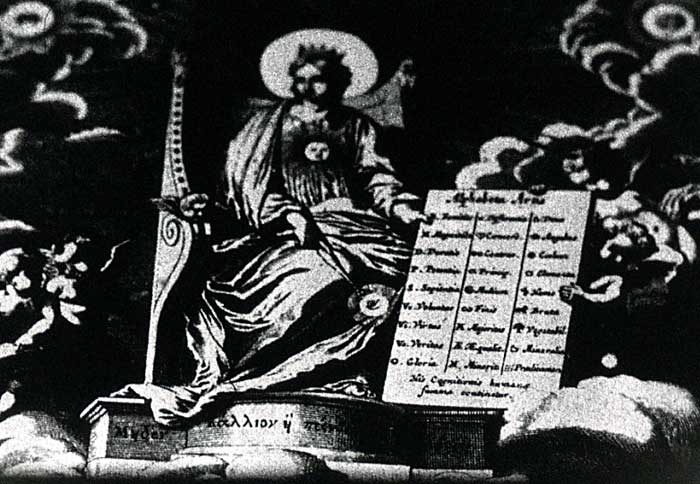Hollis Frampton: Magellan
London National Maritime Museums
Sundays 11 & 18 November 2007, at 12:00pm
A screening, over two consecutive Sundays, of Hollis Frampton’s monumental film sequence MAGELLAN, which uses Ferdinand Magellan’s circumnavigatory voyage as a metaphor for a meditation on the history and language of cinema, and the phenomena of perception.
“A series of shaped observations that include portraits, cadaver footage, re-stagings of Lumière films, visits to slaughterhouses, double exposures, a field of peaceful dairy cattle, allusions to Muybridge, electronic imagery, industrial pictures, a state fair – a kind of capsule version of the twentieth century that might have been placed on the Voyager spacecraft as it soared out of the solar system to worlds unknown.” (Robert Haller, Anthology Film Archives, New York)
In composing his metahistory of cinema, Frampton often refers to other films and filmic modes, quotes liberally from early cinema (specifically the paper print collection of the Library of Congress) and explores countless possibilities for montage and the relationship between sound and image.
Originally intended as a 36-hour sequence in which individual titles would be shown on specific days in a calendar of one year and four days, it was left unfinished when Frampton died in 1984. The surviving 8 hours of material, comprising of almost 30 individual films, will be screened together for the first time in the UK.
The schedule of 4 x 2-hour programmes, structured by Michael Zryd (who will introduce the first programme), is based on the 1978 version of Frampton’s “Magellan Calendar” and the last work-in-progress screenings presented by the artist at the Whitney Museum of American Art (New York) in January 1980.
Hollis Frampton, one of the key filmmakers of his generation, was also a noted photographer and theorist, whose remarkable writing was published frequently in Artforum and October.
“Frampton is generally understood, in his words, as an artist ‘of the modernist persuasion,’ not only for his aesthetics, but for his close personal association with such figures as Ezra Pound, Carl Andre, Frank Stella, and Stan Brakhage. Certainly, Frampton conceived of Magellan as a utopian artwork in the monumental tradition of James Joyce and Sergei Eisenstein. In a grant application, he hoped to realize the project as ‘the notion of an hypothetically totally inclusive work of film art as epistemological model for the conscious human universe’.” (Michael Zryd, York University, Toronto)
HOLLIS FRAMPTON’S MAGELLAN
Sunday 11 November 2007
12-2pm THE BIRTH OF MAGELLAN (introduced by Michael Zryd)
Cadenza I and XIV (1977-80), Mindfall I (1977-80), Matrix (1977-79), Palindrome (1969), Mindfall VII (1977-80), Noctiluca (1974)
3-5pm THE STRAITS OF MAGELLAN I
Public Domain (1972), Straits of Magellan: Drafts and Fragments (1974), Ingeimm Vibis Ipsa Pvella Fecit (1975), Summer Solstice (1974), Pas de Trois (1975)
Sunday 18 November 2007
12-2pm THE STRAITS OF MAGELLAN II
Autumnal Equinox (1974), Winter Solstice (1974), Straits of Magellan: Drafts and Fragments (1974), The Red Gate (1976), The Green Gate (1976)
3-5pm THE DEATH OF MAGELLAN
Apparatus Sum (1972), Otherwise Unexplained Fires (1976), Quaternion (1976), Yellow Springs (1972), For Georgia O'Keefe (1976), More Than Meets The Eye (1976), Not The First Time (1976), Tiger Balm (1972), Procession (1976), Gloria! (1979)
The screening of MAGELLAN at the National Maritime Museum is curated by Mark Webber. Presented in association with LUX.
at
National Maritime Museum
Park Row, Greenwich, London, SE10 9NF
Nearest Trains: Cutty Sark DLR / Greenwich BR / Maze Hill BR
MAP OF AREA
Tickets: £5 per day
Box Office: 020 8312 8560
Email: bookings@nmm.ac.uk
www.nmm.ac.uk
Images courtesy Anthology Film Archives. © Estate of Hollis Frampton.
